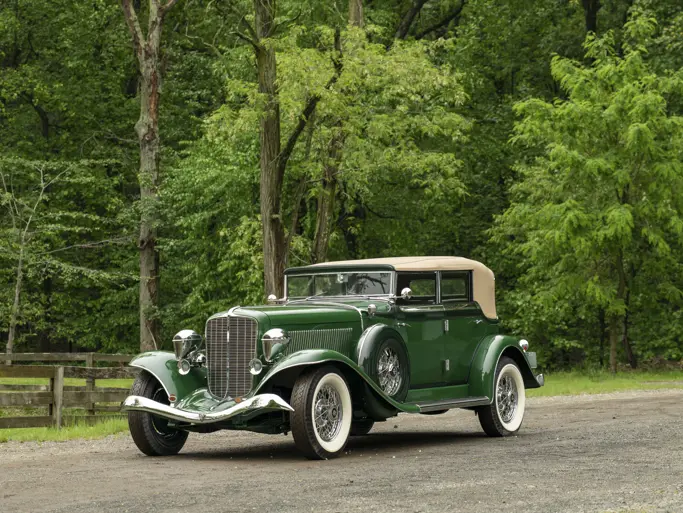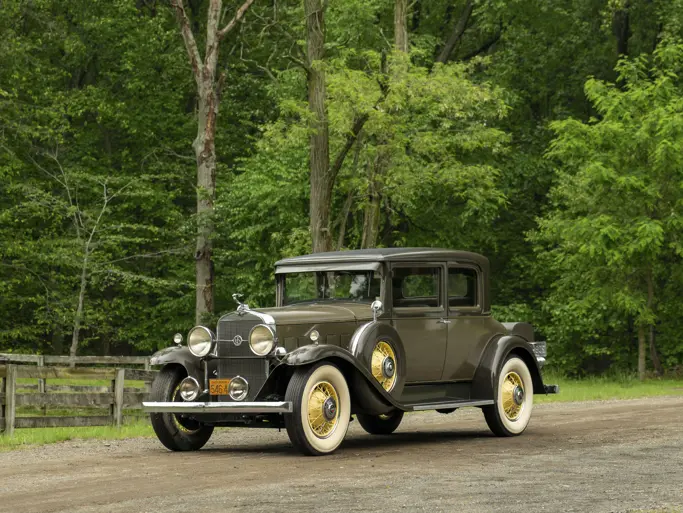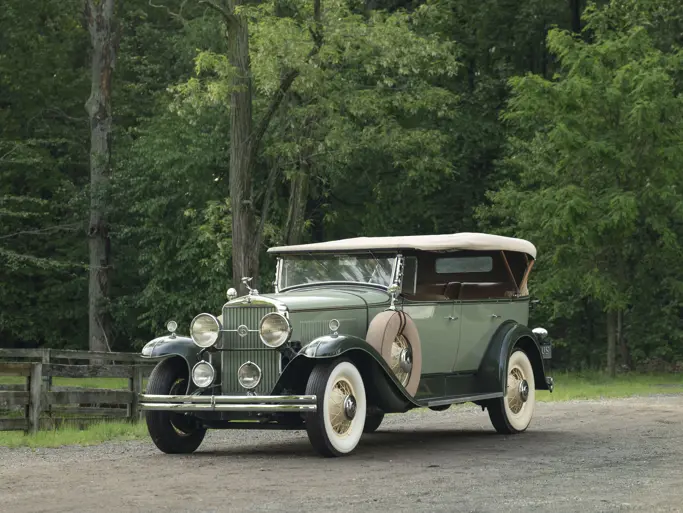Please Note: Information regarding these museum display vehicles was provided by the National Military History Center and has not been independently verified by Auctions America by RM ("AA"). As such, AA does not verify, warrant or guarantee any of this information. Prior inspection and research by the buyer is highly encouraged and recommended.
ATTENTION: Buyers are responsible for securing transportation and moving/loading of lots. Lot may be left on display indefinitely in the museum free of charge with a signed loan agreement form. Lots are sold as is, where is.
Please note this is being sold on "Bill of Sale" only.
Manufacturer: Wolseley Motors Ltd, Birmingham
Production Year: 1940
Engine: Ford, V-8, liquid-cooled, 90-hp eight-cylinder, gasoline
Transmission: 4F1R
Length: 13-feet, 7-inches
Width: 6-feet, 9-1/2-inches
Height: 7-feet (4-feet, 8-1/4-inches without bonnet)
Weight: 4-tons
Armor: None on basic production models, some were fitted with light armor plates in the field
Armament: NONE on this example - initially tested as a self-propelled carriage for a 2-pdr. anti-tank gun
Maximum Road Speed: approximately 30-mph
Crew: Up to eight
Markings: British Army green
The Loyd Carrier was introduced in 1940, the same year as its more famous cousin, the Universal Carrier. The first models were built by the firm of Vivian Loyd and Company. Captain Loyd designed the basic vehicle, envisioning the design as a weapons carrier for machine guns to anti-tank guns as well as a personnel and cargo carrier. He also proposed the chassis be used as a basis for a one-man armored fighting vehicle. The chassis was composed largely of Ford commercial vehicle parts to assure cheap and rapid production. Unfortunately, this resulted in a vehicle that was mechanically unreliable and inferior to the Universial Carrier, the vehicle it was meant to supplement in production. In spite of its shortcomings, the Loyd Carrier entered service initially as a troop carrier. Its crew compartment had room to carry eight men. After unsuccessful trials as a self-propelled 2-pdr anti-tank gun, the British Army decided to utilize the Loyd in its most successful role, a towing tractor for 2-pdr and 6-pdr anti-tank guns. Soon after introduction, additional manufacturers began producing the Loyd design, including Wolseley. Over 10,000 Loyds were produced during WW II.

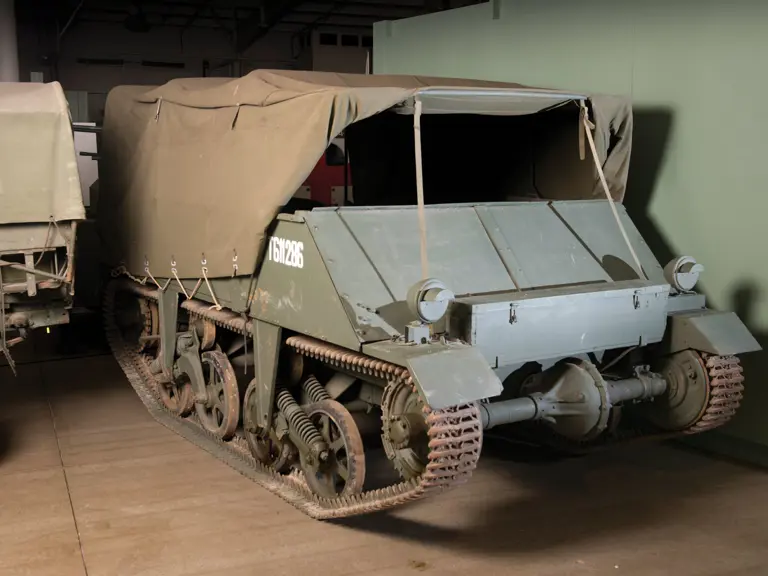
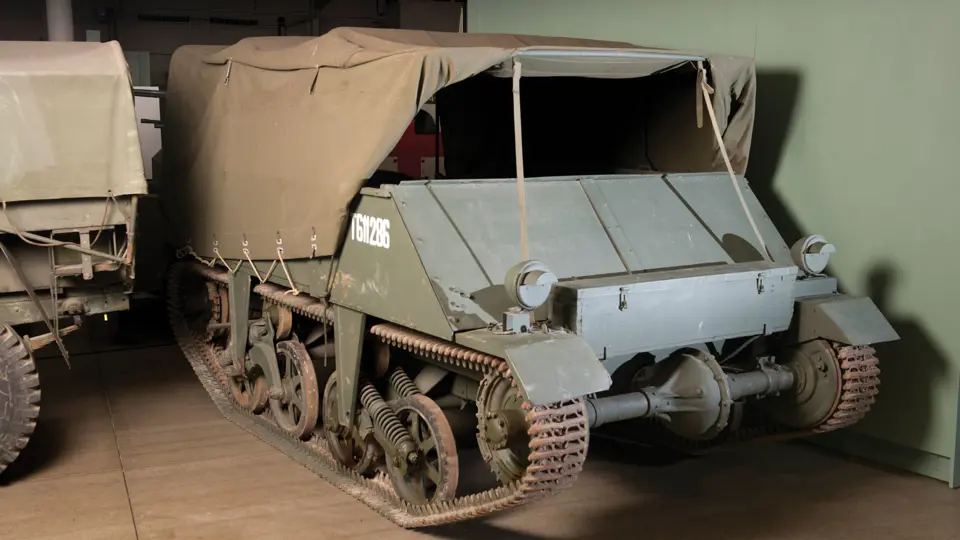
 | Auburn, Indiana
| Auburn, Indiana
